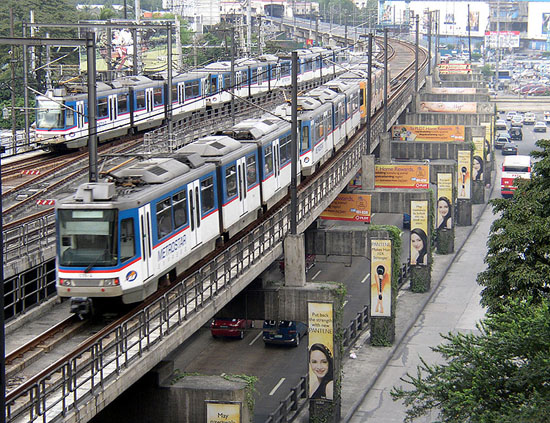
MANILA — The Metro Rail Transit (MRT) officials on Monday revealed that the number of defective MRT station equipments, including computer system and air conditioning units (ACU) have increased significantly over the last three years.
MRT director Renato San Jose said this during the Senate inquiry into the August 13 accident involving a malfunctioned MRT train that overshot Taft Ave. station flatform.
San Jose told the panel that the number of defective station computer system has increased from 18 in 2011 to 180 as of midway of 2014, while the number of defective A/D machines also ballooned from 71 to 217 during the same period.
He said the number of defective escalators, elevators, as well as ACU have also significantly increased for the last two years.
At present, some 23 of the 34 elevators while 34 of the 46 escalators are operational and 60 of the 73 light rail vehicles are operational as of end of August.
With the depreciating equipments of the MRT, the Department of Transportation and Communication (DOTC) has proposed Php6.84 billion rehabilitation plan.
DOTC Secretary Jun Abaya said part of the rehabilitation plan is the acquisition of the Php3.8 billion worth of LRVs which, he said, will be fully delivered by 2016.
Abaya said the additional coaches are expected to improve the service of the MRT as the DOTC also proposed Php1.1 billion for train general overhauling.
The DOTC also allotted Php5 million under the rehabilitation plan for the installation of the public Wi-Fi.
While waiting for the arrival of all 48 LRVs, Senator Paolo Benigno “Bam” Aquino IV urged concerned government and private entities to work together to reduce the waiting time for thousands of commuters to ride the MRT-3 from 40 minutes to 10 minutes.
“Let’s work together to achieve this 10-minute waiting time. We owe it to the thousands of commuting Filipinos to make life easier for them everyday,” Aquino told the media after the hearing.
Aquino made this call after he was informed that the waiting time for passengers before they could alight the trains will go down by 75 percent if the proposed rehabilitation plan for the MRT-3 is fully implemented.
He expressed disappointment when he was informed that the rehabilitation plan could take up to two years with all the legal wrangling between the DOTC and Metro Rail Transit Corporation (MRTC), a private entity.
Aquino branded the Metro Rail Transit-3 as a failed public-private partnership (PPP).
“This is not a good example of PPP, with what happened to our MRT,” Aquino stressed.
Aquino advised DOTC officials to learn from the MRT-3 experience to avoid problems in the future.
Senator Grace Poe, who chaired the committee on public service, urged Abaya to show the highest concern to Filipino commuters braving the trains daily while waiting for new MRT coaches.
”We should show our concerns to our commuters,” said Poe, who rode MRT train without media coverage last Friday.
The senator recommended the provision of shuttle buses at stations where MRT trains experience operational troubles in order to bring passengers to the next stations.
She said refund tickets or vouchers should also be given to passengers inconvenienced by train malfunctions.
Likewise, umbrellas should at least be made available to those lining up for a ride, which ordinarily takes 30 to 40 minutes, as Poe herself experienced last Friday.